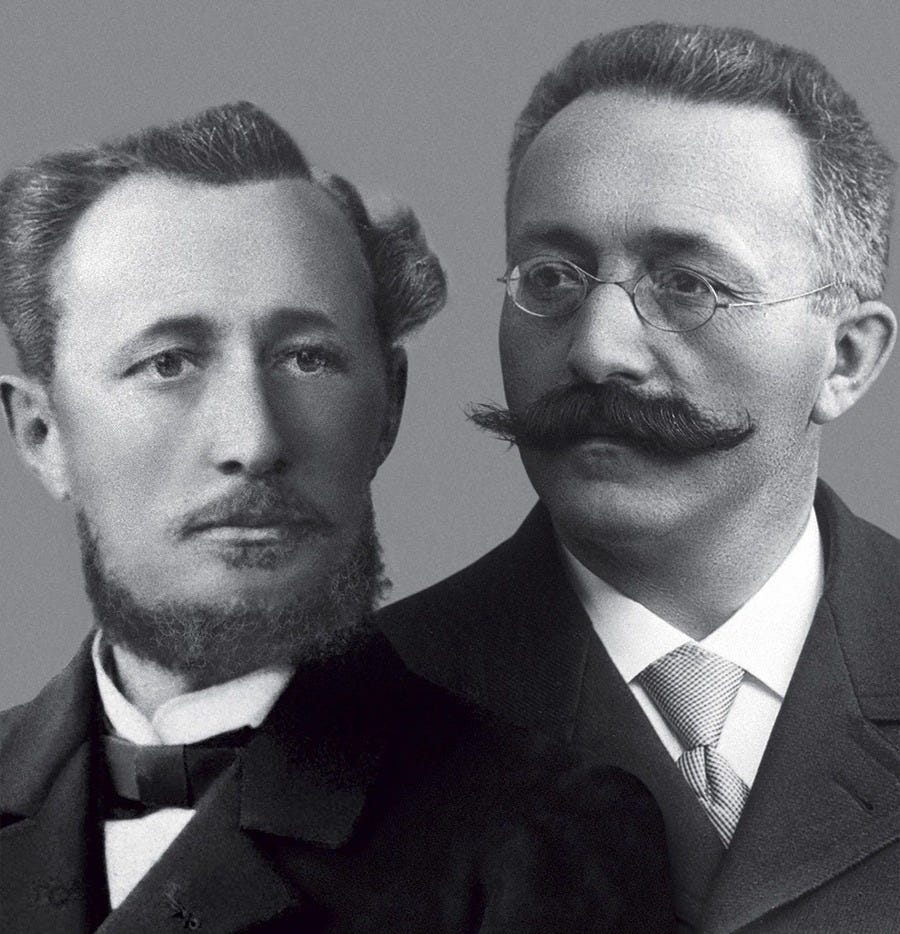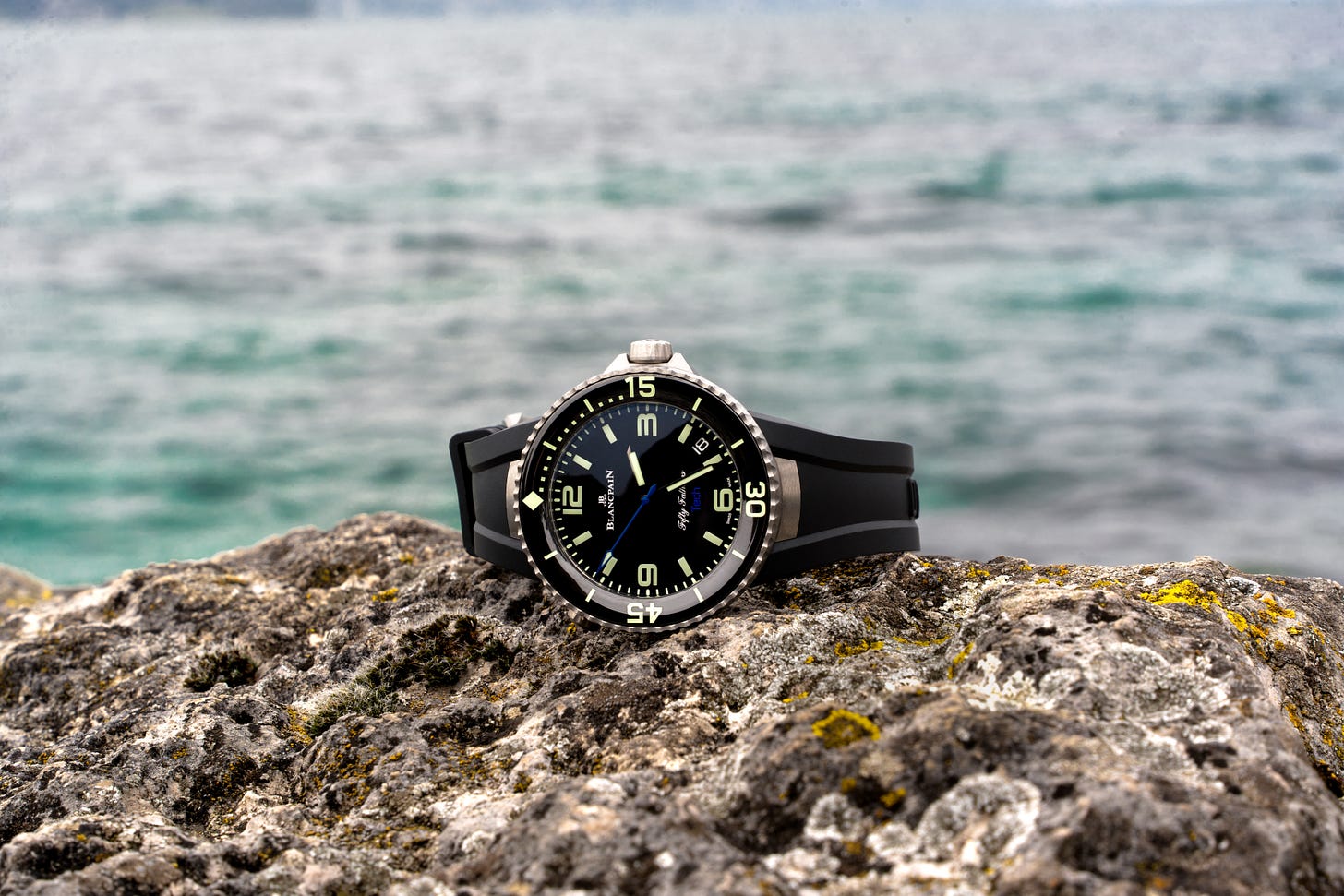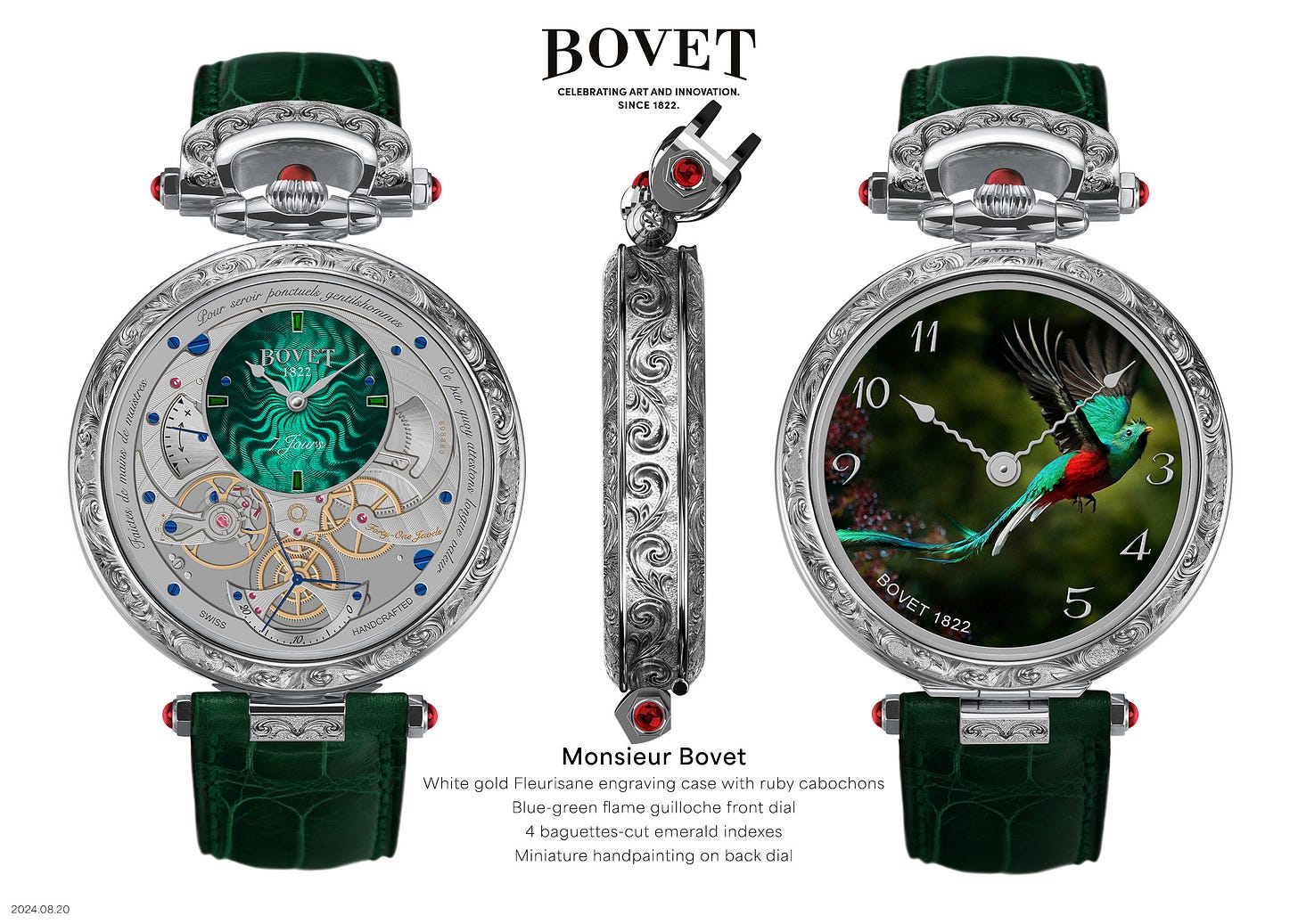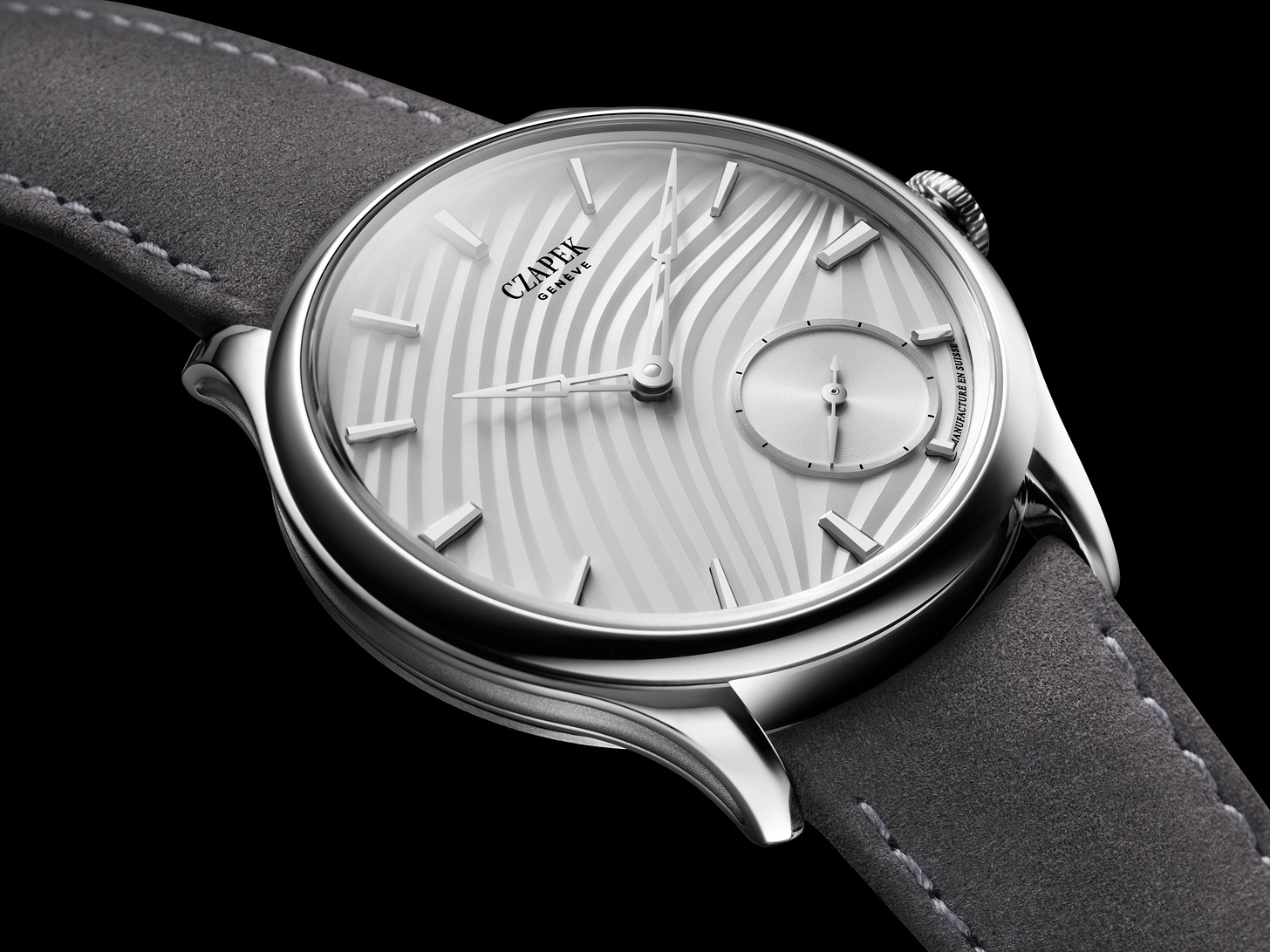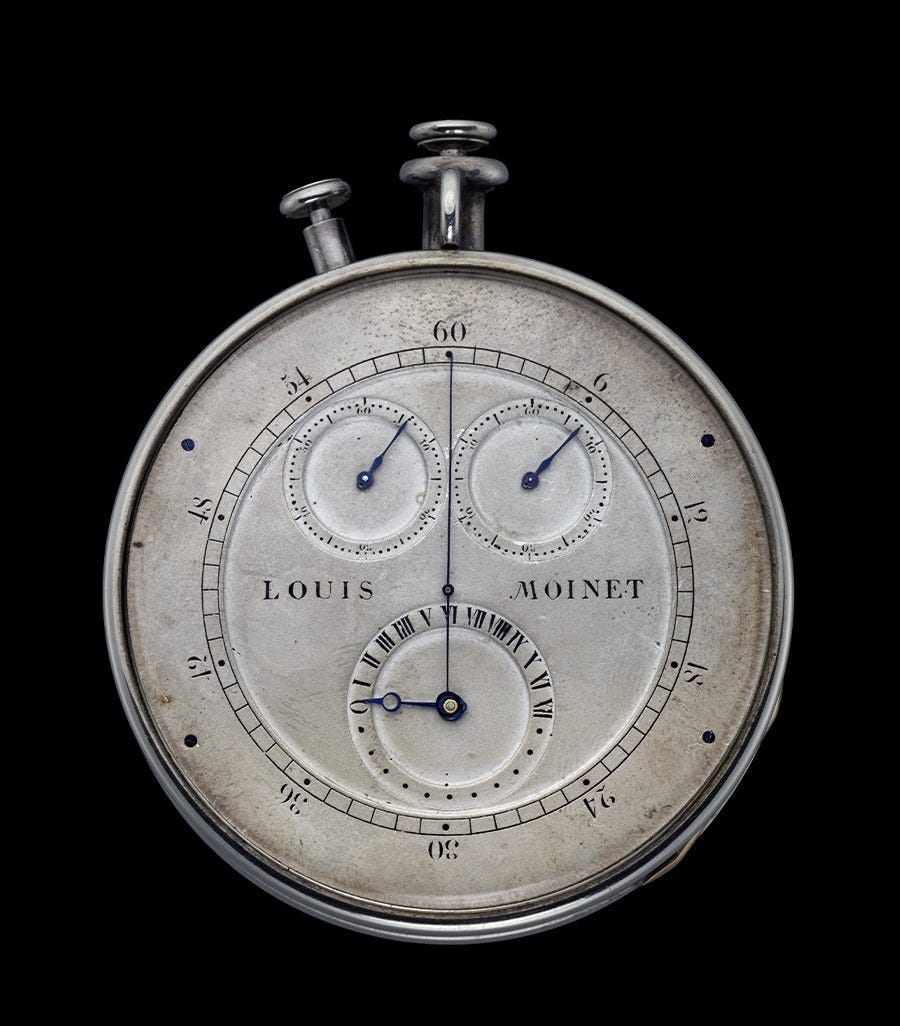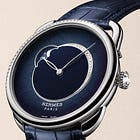Audemars Piguet turns 150, Blancpain and Bovet Redefine Watchmaking
This Week on WorldTempus, Audemars Piguet Highlights Its 150-Year Legacy with a New Perpetual Calendar, while Blancpain and Bovet Showcase Bold Advances in Watchmaking and Conservation.
THIS WEEK’S NEWS
Audemars Piguet: 150 Years of Watchmaking Secrets Unveiled
In 2025, Audemars Piguet celebrates its 150th anniversary, a milestone for a brand that has left an indelible mark on haute horlogerie. While many believe they know its history, certain lesser-known stories from its early years remain in the shadows.
The origins of the manufacture were shaped by an economic crisis that drove many Swiss watchmakers to seek work elsewhere. In 1875, against this trend, a 24-year-old Jules Louis Audemars returned to the Vallée de Joux with his family. Despite limited documentation on his earliest years in business, it is clear that this decision set the stage for what would become one of the most respected names in watchmaking.
At a time when industrialization was transforming the industry, Audemars and his partner, Edward Auguste Piguet, chose a different path. They insisted on in-house production of movements and cases, often crafting unique pieces or very limited series. This artisanal approach remained a defining characteristic until 1951.
Their commitment to complications was another distinctive trait. Of the first 13 documented timepieces, nine featured repeating mechanisms, seven included chronograph functions, and three incorporated calendars. This expertise in high complications solidified Audemars Piguet’s reputation within the Vallée de Joux, a region already known for its mastery in the field.
The early decades were far from easy. American industrialization, World War I, and the Great Depression nearly led to the company’s downfall. The collapse of a major American client left a financial void equivalent to an entire year’s revenue. To survive, Audemars Piguet reduced staff, sought financial relief, and launched sub-brands like Audiguet and APCO. Recovery only came with the post-war economic boom, allowing the brand to regain stability and continue its legacy of excellence.
Bringing the Fish Back
Palawan, the third-largest reef nation after Indonesia and Australia, is home to 80% of the world's coral species. Despite being designated a UNESCO Biosphere Reserve in 1990, its reefs have suffered severe destruction due to illegal fishing and the use of explosives, endangering both marine life and local communities.
In response to this crisis, Blancpain has been supporting the Sulubaaï Environmental Foundation’s Sea Academy Program since 2020. This initiative focuses on creating marine protected areas (MPAs) to restore damaged reefs.
Beyond coral restoration, the program has been instrumental in replenishing fish populations. This effort has rejuvenated 349 hectares of reef while also supporting sustainable fishing practices for local communities.
To strengthen these conservation efforts, Blancpain has funded the construction of a marine research center. This facility serves as a hub for scientific studies and community-driven conservation projects, ensuring the long-term sustainability of the bay.
These initiatives are part of Blancpain’s Ocean Commitment (BOC), a program dedicated to ocean conservation for over 20 years. To finance these projects, Blancpain has released several limited-edition watches, donating €1,000 from each sale to BOC, generating €750,000 to date.
The latest in this series is the Fifty Fathoms Tech BOC IV Limited Edition, an exclusive 100-piece collection that will contribute €100,000 to the foundation. This professional diving watch, following the Fifty Fathoms 70th Anniversary Act 2 Tech Gombessa, is slightly more compact at 45mm and made from lightweight, ultra-resistant grade 23 titanium. Its bezel allows for one-hour dive tracking, while its black dial absorbs 97% of light for optimal underwater visibility.
Blancpain’s commitment goes beyond luxury watchmaking—its timepieces actively contribute to marine conservation, proving that horology can drive real change.
NEW WATCHES
A Timepiece That Soars: Bovet 1822 Unveils the Monsieur Bovet "Quetzal"
As winter holds its grip, a touch of horological exotism offers an escape. Bovet 1822, in collaboration with ART in TIME, presents the Monsieur Bovet "Quetzal", a unique creation celebrating Central America’s legendary bird.
The quetzal, revered for its vibrant plumage and deep cultural significance, serves as the inspiration for this extraordinary timepiece. In Central American mythology, the bird is associated with Quetzalcóatl, the feathered serpent god, and embodies freedom and transcendence. Known for its inability to survive in captivity, the quetzal symbolizes independence—a theme echoed in Bovet’s artistic interpretation.
The dial showcases a miniature hand-painted depiction of the bird, a process that took 71 hours to complete. Each delicate brushstroke brings out the iridescent green feathers, the striking red chest, and the poised elegance of the creature. This meticulous craftsmanship transforms the watch into a wearable work of art.
Encased in white gold, the timepiece features Bovet 1822’s signature Fleurisanne engraving, a decorative technique that enhances the case sides and the bow. The exclusivity of this model is underscored by the "Pièce Unique" inscription. Ruby cabochons adorning the crown and lateral screws harmonize with the quetzal’s red plumage, adding a refined touch.
True to Bovet 1822’s philosophy, the watch offers a double display. One side highlights the hand-painted quetzal, while the reverse reveals the skeletonized movement and a guilloché green dial, reminiscent of the bird’s feathers. Four baguette-cut emerald indices accentuate the composition, complementing the hand-wound movement with its impressive seven-day power reserve.
The "Amadéo" system, a signature feature of Bovet 1822, allows seamless transformation between a wristwatch and a pocket watch. This adaptability ensures that, much like the quetzal itself, the timepiece remains untamed—best admired in motion, whether worn on the wrist or carried in a pocket.
Czapek’s Promenade Plissée: Where Haute Horlogerie Meets Haute Couture
The Promenade Plissée by Czapek is a timepiece that captures the essence of haute couture, transporting us into the refined world of pleated fabrics and elegant drapery. Its dial, crafted using an innovative stamping technique developed in collaboration with Metalem, mirrors the fluidity and movement of a pleated dress. Light and shadow dance across its surface, evoking the graceful motion of an elegantly dressed figure stepping onto the ballroom floor.
Designed as a gender-neutral watch, the Promenade Plissée embodies both refinement and contemporary aesthetics. Xavier de Roquemarel, CEO of Czapek & Cie, affirms this philosophy: “We have always believed that gender divisions in watchmaking are largely artificial. Beauty and creativity unite men and women; the making of a beautiful watch cannot be reduced to a gender division. A beautiful watch will appeal equally to men and women, just as a well-tailored tuxedo is just as elegant whether worn by a man or a woman.”
The 37mm polished steel case follows the design language of Czapek’s iconic Quai des Bergues line, with sculpted sides, a crown guard, and a slender, rounded bezel. A discreet, tone-on-tone small seconds subdial at 4:30 adds an element of originality, while the choice of a stitched leather strap or a Milanese steel mesh bracelet ensures a comfortable fit. Powering the timepiece is the in-house SXH5 caliber, an automatic movement with a recycled platinum micro-rotor, delivering a power reserve of over 60 hours.
The pleated dial is available in three striking shades, each with a distinct inspiration: Pearl White, reminiscent of Marilyn Monroe’s iconic dress in The Seven Year Itch; Ivory, echoing Issey Miyake’s fusion of tradition and technology; and Black, a tribute to Yves Saint Laurent’s revolutionary tuxedo. With twelve applied diamond-cut indexes and semi-skeletonized arrow-shaped hands, the design remains minimalist yet luminous.
Limited to just 18 pieces per color, the Promenade Plissée will be available in early 2026 for CHF 16,000.
Audemars Piguet Reinvents the Perpetual Calendar with Calibre 7138
To mark its 150th anniversary, Audemars Piguet introduces the Calibre 7138, a new self-winding perpetual calendar movement designed for enhanced usability. Unlike traditional models that require multiple correctors, this innovation allows all adjustments through a single "all-in-one" crown, making it more intuitive and user-friendly. This mechanical advancement is featured in the 41 mm Code 11.59 by Audemars Piguet and two Royal Oak models, available in stainless steel or 18-carat sand gold, along with three limited "anniversary" editions of 150 pieces each.
Perpetual calendars are among the most intricate horological complications, automatically adjusting to the varying lengths of months and leap years. Traditionally, setting these timepieces required small pushers embedded in the case, which could be cumbersome. Audemars Piguet's engineers have streamlined this process by developing a unique crown-based correction system, eliminating the need for additional tools. The crown operates in multiple positions, allowing precise adjustments of the date, month, leap year, day, week, and moon phase. This innovation is protected by two patents, ensuring both ease of use and mechanical integrity.
The new models also feature a redesigned dial layout to improve readability. The day is displayed at 9 o’clock, the date at 12, and the month at 3, following the European format. The moon phase remains at 6 o’clock, now aligned for better symmetry. Additionally, a patented progressive step for the date display enhances clarity, while a red "no-correction zone" indicator prevents accidental adjustments that could interfere with the mechanism.
The Calibre 7138 movement builds on the legacy of Audemars Piguet’s previous innovations, including the ultra-thin Calibre 5133 from the Royal Oak RD#2. With a thickness of just 4.1 mm, this new movement combines advanced horology with an emphasis on ergonomics, setting a new standard for perpetual calendars.
WATCH KNOWLEDGE
What is Louis Moinet’s Mysterious "1816" Project?
With Watches and Wonders fast approaching, the watchmaking industry is buzzing with anticipation. Among the brands holding back major announcements, Louis Moinet has been teasing a new creation: the "1816" project. CEO and Creative Director Jean-Marie Schaller has shared a few intriguing details, hinting at a timepiece unlike anything the brand has produced before.
The name "1816" immediately evokes a historic milestone—the birth of the chronograph, officially credited to Louis Moinet. However, Schaller is clear that this is not a commemorative edition. Since there is no major anniversary associated with this date in 2025, the watch is not intended as a limited-edition tribute. In fact, it represents a departure from tradition, as it will be the first non-limited model in the brand’s history. "It's such an important watch, with almost more of Louis Moinet himself in it than the Workshops that bear his name today, that we feel a heightened responsibility, reflected in a regular and sustainable collection," Schaller explains.
A key revelation is the movement. Rather than modifying an existing caliber, Schaller insisted on a completely original mechanism. "It’s an option I quickly dismissed. Firstly, in regard to Louis Moinet, it would almost have been a betrayal. He was a man of such passion that what we present today must correspond to what he would have done." The new in-house movement is composed of 330 components, an unusually high count for a chronograph, suggesting a design inspired by traditional watchmaking rather than cost-optimized modern construction.
The watch is expected to feature a more compact case size, aligning with the brand’s recent trend toward smaller diameters. Schaller hints that the pricing will be unexpected, leaving enthusiasts to speculate. As anticipation builds, the "1816" is shaping up to be a defining piece in Louis Moinet’s collection, complementing rather than competing with the Memoris chronograph. The industry will be watching closely to see how this new chapter unfolds.
WATCH REVIEWS
Haute Couture Week 2025: When High Jewelry Meets Watchmaking
The start of 2025 in Paris was marked by Haute Couture Week, a dazzling event where the world’s most prestigious jewelers unveiled their latest creations. Among them, high jewelry watches took center stage, blending exquisite craftsmanship with watchmaking expertise.
Boucheron reinterpreted its iconic "Reflet" watch with the "Reflet Pompon," a piece entirely set with diamonds. The snow-set dial, baguette-cut diamond side bars, and an opulent bracelet create a shimmering cascade of brilliance, accentuated by a diamond-adorned tassel.
Bulgari introduced the "Fenice," a secret watch designed for elegant evenings where timepieces are often absent. Resembling a high jewelry bracelet, it conceals a diamond-set dial beneath a lid adorned with a Paraiba tourmaline. The creation is an explosion of color, featuring white and rose gold, diamonds, sapphires, rubies, tanzanites, tourmalines, aquamarines, iolites, garnets, rhodolites, rubellites, and amethysts.
Cartier once again paid tribute to its emblematic panther with the "Panthère Observatrice." This timepiece features a gray gold panther, set with diamonds and onyx, delicately placing a paw on the dial. A diamond-paved bezel and a bracelet adorned with diamonds and Zambian emeralds complete the composition.
Chanel blended watchmaking with jewelry in the "Lion" sautoir. Crafted in yellow gold, rock crystal, and diamonds, it showcases a discreet watch hidden within the chain and pendant. The reverse side reveals a square-cut diamond framed by rock crystal.
Chopard introduced a floral masterpiece with the "Orchidée Blanche," where an ethical white gold case set with diamonds and two radiant-cut yellow diamonds encases a mother-of-pearl dial. Surrounding it, four diamond-encrusted orchids bring the design to life.
Dior captured the essence of haute couture with the "Dior Grand Soir Automate Miss Dior." Inspired by two of the house’s legendary gowns, the dial, crafted from white and rose gold, is adorned with mother-of-pearl flowers, sapphires, spessartites, and diamonds. A diamond-set bezel frames this enchanting scene.
Piaget combined three exceptional skills in its "Altiplano Skeleton High Jewellery Métiers d’Art." This white gold timepiece showcases an ultra-thin, skeletonized movement, Grand Feu Cloisonné enamel artistry, and a setting of diamonds and sapphires enhancing both the bezel and movement components.
Van Cleef & Arpels introduced the "Ruban," a ribbon-inspired watch in rose gold, entirely set with pink sapphires. The delicate design features a hidden dial, blending seamlessly into the lower part of the bow.
These exceptional pieces demonstrate that haute couture extends far beyond fashion, offering a mesmerizing fusion of artistry and horology.





